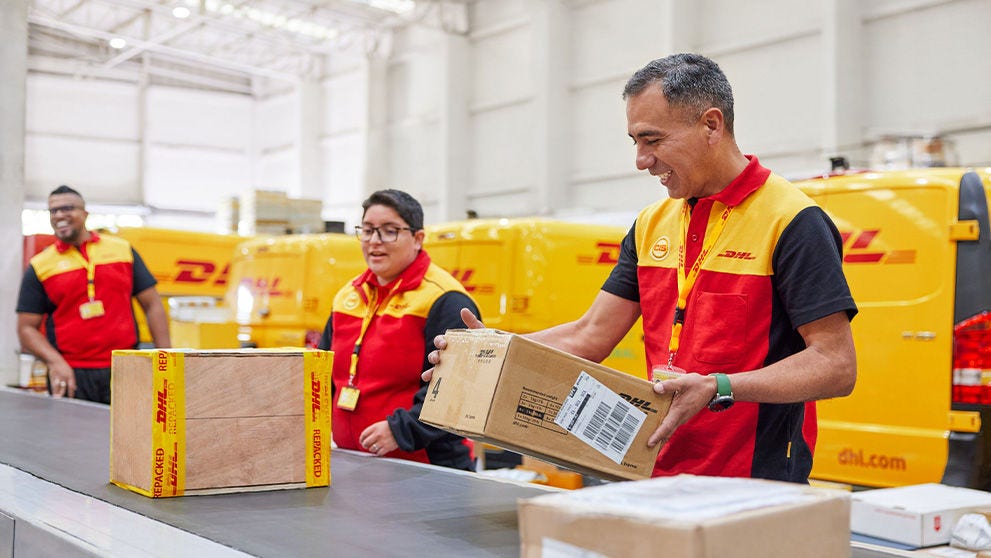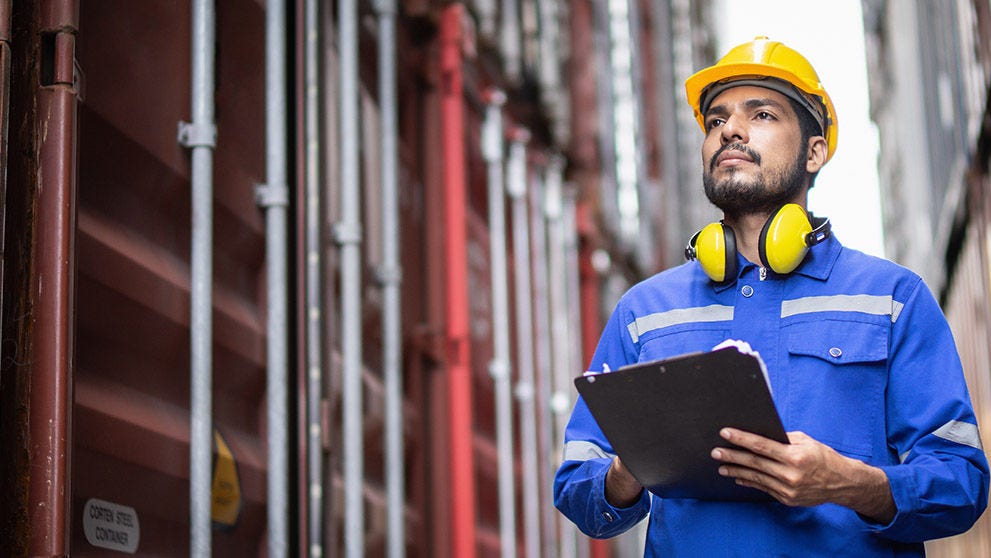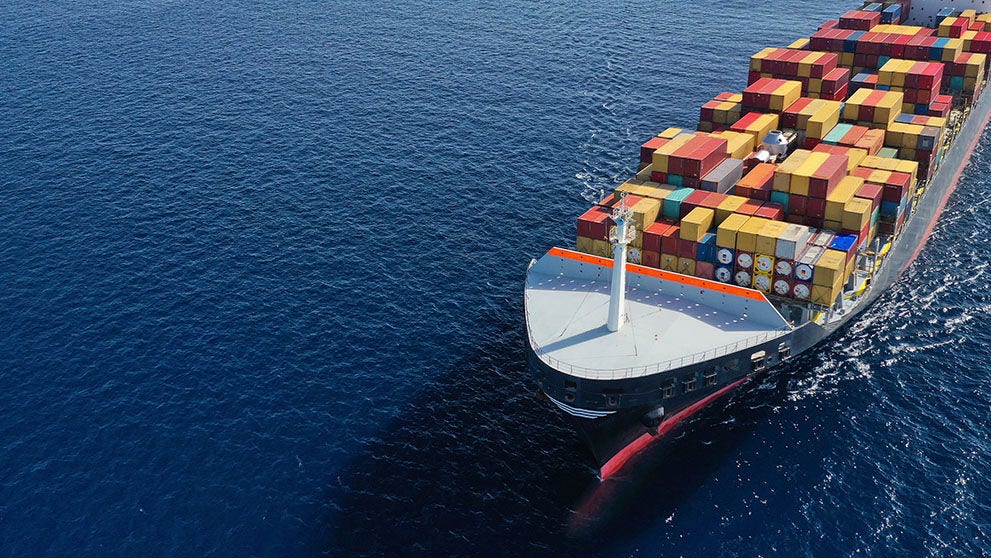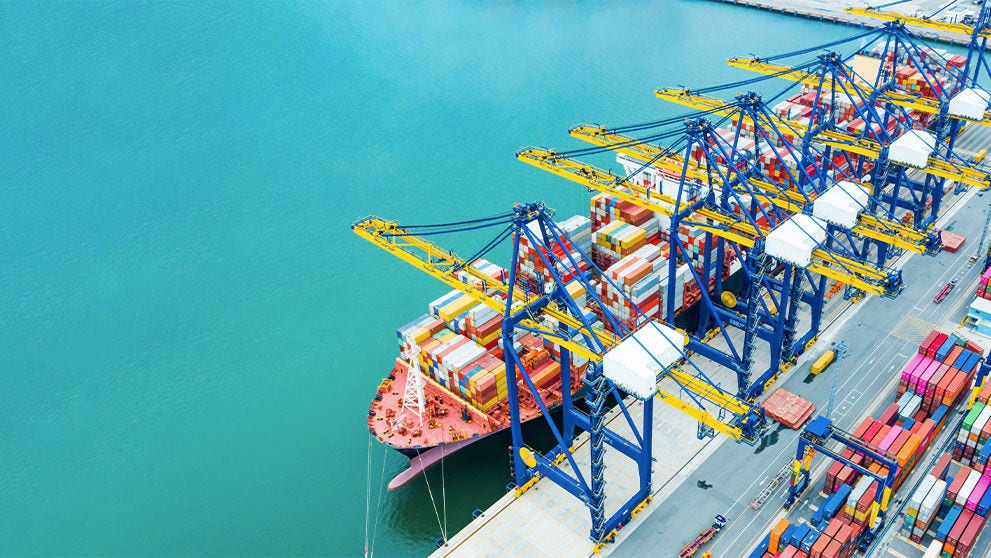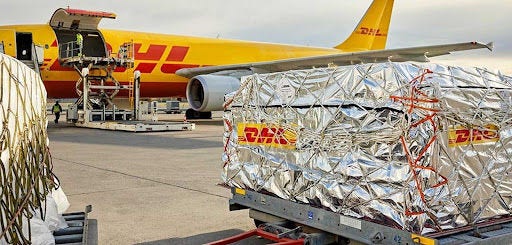
South Africans know a thing or two about resilience. We’re used to tackling challenges head-on, whether it’s load shedding, drought, or finding ways to move our businesses forward.
These days, there’s a new challenge on everyone’s radar: climate change, and the responsibility we all share to protect our country’s extraordinary landscapes. You’ve probably heard the term “carbon footprint” tossed around at the braai or mentioned at your kids’ school but what does it actually mean for your business? And how do you turn good intentions into real, measurable action?
Calculating your greenhouse gas (GHG) emissions is step one. It’s the foundation for every sustainability effort that follows. The good news? It’s easier than you think, and it’s one of the smartest moves you can make for your business.
Why Should South African Businesses Calculate GHG Emissions?
You can’t manage what you don’t measure. That’s the bottom line. Knowing your GHG numbers opens up a world of possibilities:
Spot your biggest emissions sources: Maybe it’s your delivery fleet, your warehouse’s energy use, or even your suppliers.
Make informed decisions: Once you have the data, you can act where it matters most. Maybe it’s switching to LEDs in the warehouse, tightening up delivery routes, or choosing suppliers who take sustainability as seriously as you do.
Save on costs: Lower emissions usually means less energy and fuel wasted and that’s money back in your pocket.
Strengthen your brand: More customers, investors, and partners expect real action on sustainability. Showing you know your numbers sets you apart.
What Counts as Your “Carbon Footprint”?
Your GHG emissions or carbon footprint is the total greenhouse gases your operations release, measured as carbon dioxide equivalents (CO₂e). These come from:
Direct sources: Think fuel burned in your bakkies, company cars, or generators.
Indirect sources: Electricity bought from the grid (which, in South Africa, is still pretty carbon-heavy).
The value chain: Everything from goods transported, contracted services, to what your suppliers do.
For South African businesses, tracking these emissions isn’t just good citizenship, it’s a competitive edge. Accurate GHG data helps you:
Meet the requirements of international partners and trade regulations.
Build trust with customers and investors who want transparency.
Spot inefficiencies that waste energy and money.
The Step-by-Step Guide: Calculating Your GHG Emissions
Set Your Boundaries
First, decide what to include. Will you measure just the parts of the business you control directly, or also joint ventures and investments? You can use:
- The control approach: Only emissions from operations you run.
- The equity share approach: Emissions based on your ownership percentage in various operations.
List Your Emission Sources
GHG emissions are split into three scopes:
Scope 1: Direct emissions (your vehicles, generators, on-site fuel use).
Scope 2: Indirect emissions (electricity, heating, cooling from outside providers).
Scope 3: All other indirect emissions (from suppliers, business travel, product use, waste, and especially international transport for importers/exporters).
For many South African businesses, Scope 3 is the game-changer especially if you’re moving goods across borders.

Gather Your Activity Data
Collect the numbers behind your operations. You’ll need things like:
Litres of diesel or petrol used.
Kilowatt-hours (kWh) of electricity consumed.
Tonnes of goods moved and kilometres travelled.
Weight of waste generated.
Use the Right Emission Factors
Emission factors help you convert your activity data into GHG numbers. For example:
Burning 1 litre of diesel = roughly 2.68 kg CO₂e.
South Africa’s grid is more carbon-intensive than most so always use local factors for electricity.
Tap into Reliable Tools
Crunching the numbers by hand can be daunting. That’s where digital tools like the DHL Carbon Calculator make life easier. Using verified data and international standards (like the GLEC Framework and ISO 14083), DHL’s tool lets you:
Compare emissions between different shipping options.
See the impact of choosing ocean freight over air freight.
Measure emissions for everything from individual shipments to your full supply chain.
Share and Review Your Results
Once you’ve calculated your emissions, report them transparently whether it’s in a sustainability report or your annual communications. Identify the hotspots, then focus your reduction efforts where they’ll count most.
Tips for Getting Accurate Numbers
Always compare like with like use consistent monthly or yearly windows.
Apply local emission factors. South Africa’s numbers differ from Europe or Asia.
Get suppliers involved. Many will have their own data ready, especially for Scope 3.
Review annually as your business changes, so will your footprint.

From Measurement to Impact: What Comes Next?
Measuring your emissions is only the beginning. The real value comes in using those insights to make change:
Switch to renewables where you can.
Optimise logistics and delivery routes.
Choose eco-friendly packaging and materials.
Consolidate shipments to avoid unnecessary trips.
For example, if you’re exporting wine to Europe, moving from air to consolidated ocean freight can slash your emissions and DHL’s experts can help you model and optimise that shift.
Ready to Make a Difference?
In South Africa’s evolving business climate, sustainability isn’t just nice-to-have it’s how you future-proof your business. By knowing where you stand on GHG emissions, you can comply with regulations, cut costs, and build real trust with your customers.
Whether you’re a small business or a national exporter, DHL has the tools and expertise to help you measure, report, and reduce your emissions all while making sure your goods get where they need to go, on time.
Open a DHL business account today. Together, let’s deliver for your customers and protect South Africa’s natural beauty shipment by shipment.




